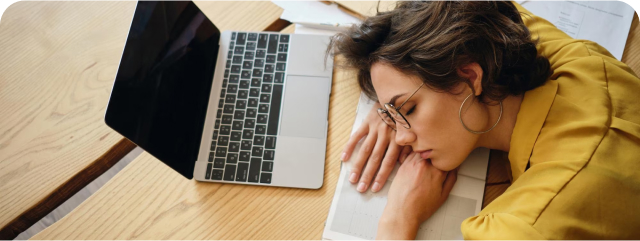Exploring Economic Principles: The Macroeconomic Insights of “I, Pencil”
The Pencil and Macroeconomics:
In macroeconomics, we watched a documentary. The documentary is about a pencil. The pencil is your best friend that we can use to write and to draw. The graphite with the pencil lightly writes on the paper. The eraser with the pencil easily erases the marks on the paper. The pencil has the resources. It has the graphite, the wood, the metal, and the eraser. The graphite is a lead. The wood is made of a tree. The metal is made of iron. The eraser is made of rubber. These resources are land that we learn in macroeconomics. Lumberjacks are labor. The chainsaw and the pencil sharper are the physical capital. Lumberjacks go to a trade school for training skills that is human capital.
The Documentary’s Economic Insights:
The documentary with the video “I, Pencil” is a patent that refers to intellectual property. People want unlimited pencils, so we can use the pencil to prepare the material. The pencil in the factory can reduce pollution. Pollution is a negative externality. The pencil is not hurting anybody. The pencil is very safe to use. Therefore, the pencil is also a positive externality. People want more to buy pencils; people increase intelligence. It is helpful to avoid learning mistakes.
Order your custom essay on
The students want pencils, which is an opportunity cost, but the students are trading off with pens. Pens are not good to use to write on a piece of paper anywhere in the place. The pen can make the hand and the paper, and it can not be erased. The pen is permanent ink, but the pencil is temporary for writing. The pencil must be a shortage that is related to the price ceilings. People must sharpen their own pencils. People want to buy more pencils, and people would buy more pens. This means the substitution is related to the demand of the determinant. If people want to buy more pencils, then the price decreases. The pencil is applied to the law of demand. The pencil is very popular to use for going anywhere in the place.
The Pencil in Economic Theory:
The economist explains the pencil on how to use it in the economy. How does the pencil apply to the real world? Well, the pencil is an economic good and normal good. The pencil is good and has a benefit to society. People will be willing to spend more on pencils. The pencil is cheaper, so goods are more purchased.
Goods, GDP, and GNP:
The pencil is the final good. The final good and the intermediate good are probably to be in Chapter 8 in Macroeconomics. Graphite, wood, metal, and rubber are intermediate goods. The final good and the intermediate good are important in what is going on in the real world. The GDP is part of the United States of America, but the GNP is part of other countries.
References:
- Parkin, M., & Bade, R. (2017). Economics: Canada in the Global Environment.
- Mankiw, N. G. (2016). Principles of Economics. Cengage Learning.
- Leonard E. Read Foundation URL: https://fee.org/resources/i-pencil-2/
- Abel, A. B., Bernanke, B. S., & Croushore, D. (2018). Macroeconomics.
Exploring Economic Principles: The Macroeconomic Insights of "I, Pencil". (2023, Aug 28). Retrieved from https://edusson.com/examples/exploring-economic-principles-the-macroeconomic-insights-of-i-pencil
